Let's take a journey back to the 1980s and explore the early stages of the Internet. During that time, connecting to networks required manual effort and direct interaction with the infrastructure. Users needed to know the subnet of the network they wanted to connect to and use telnet to connect to a server. Then, they had to use FTP to retrieve data from storage. It was a manual process that exposed various layers to end users due to the mix of protocols and manual tasks involved.
Fast forward to today, and the landscape has dramatically changed. We now have seamless interactions with diverse infrastructure components. Consider YouTube as an example. YouTube leverages a well-defined and robust networking stack to send network requests, query content from CDNs, retrieve data from storage locations, and interact with other servers via APIs. The stack has become abstracted, well-defined, and highly expressive.
The key driving force behind this transformation is HTTP, which has made the web composable to a certain extent. However, in the context of a multichain app deployed on different chains or roll-ups, the user experience still involves manual interaction. Users must choose the network they want to connect to, instruct their wallets to switch networks, and manage various aspects of the process. This can feel reminiscent of the days of manually dialing up the internet and connecting to websites via servers or telnet.
While Web3 brings many exciting possibilities, it's important to recognize that this is not the future's final form. The future will likely move away from this fragmented experience. Liquidity, for instance, currently requires bridging funds from one chain to another to access products on different chains.
Looking ahead, as we embrace the vision of roll-up-as-a-service and alternative layers, the future of Web3 will likely involve more interaction with app-specific Layer3 solutions.
Personally, I strongly believe that many functionalities will transition to distinct and siloed Layer3 environments, allowing for greater control over mechanisms. This could include Layer3 Swaps, Layer3 Lending, and more.
There is a few teams working on this, like Avocado with Account Abstraction and Connext with Chain Abstraction
What are your thoughts on the future of Web3?
[link] [comments]

You can get bonuses upto $100 FREE BONUS when you:
💰 Install these recommended apps:
💲 SocialGood - 100% Crypto Back on Everyday Shopping
💲 xPortal - The DeFi For The Next Billion
💲 CryptoTab Browser - Lightweight, fast, and ready to mine!
💰 Register on these recommended exchanges:
🟡 Binance🟡 Bitfinex🟡 Bitmart🟡 Bittrex🟡 Bitget
🟡 CoinEx🟡 Crypto.com🟡 Gate.io🟡 Huobi🟡 Kucoin.
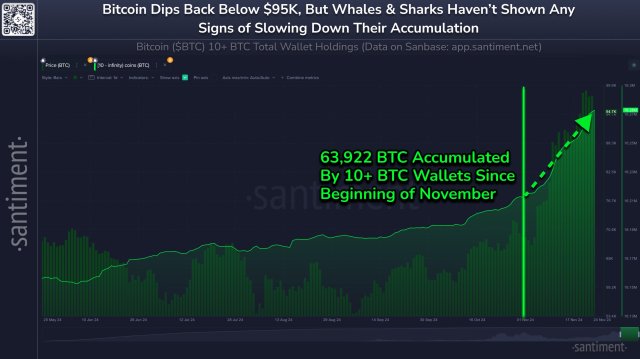



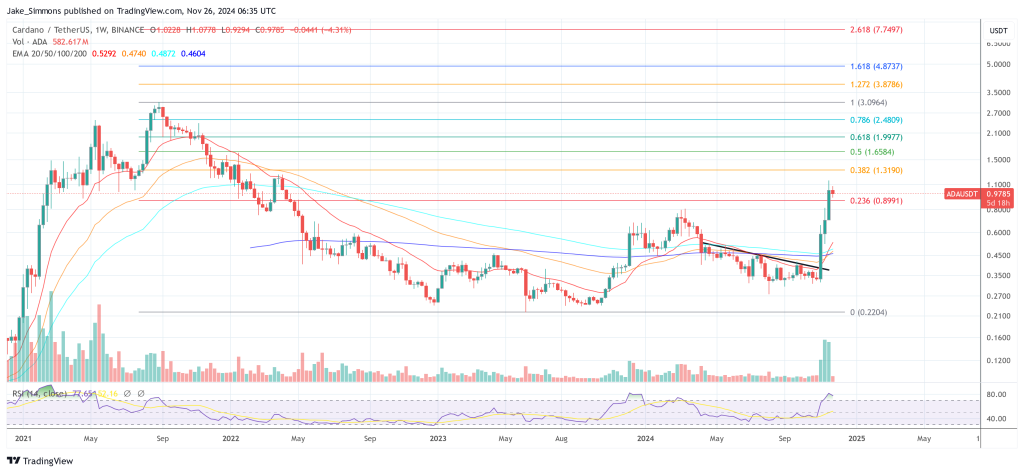


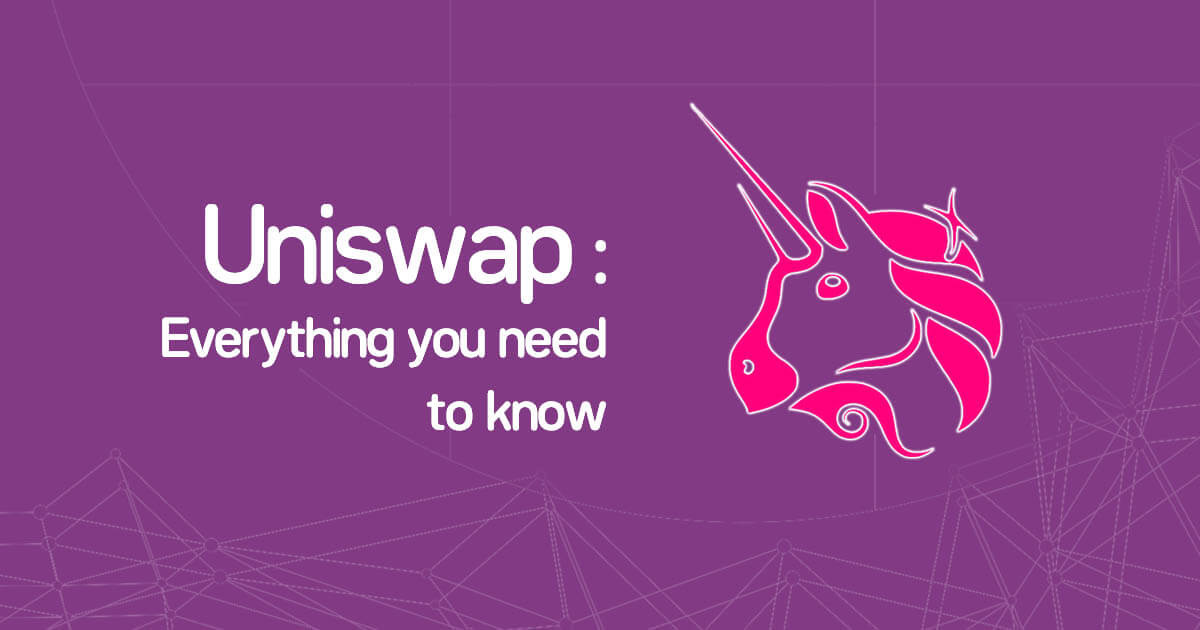

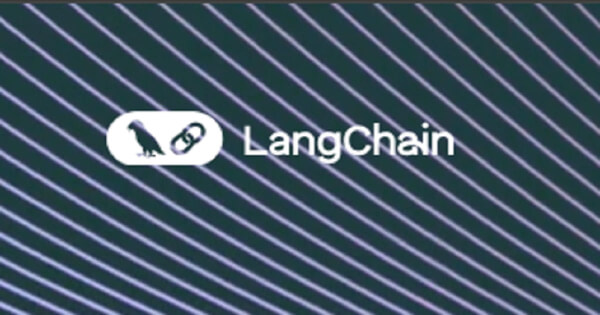
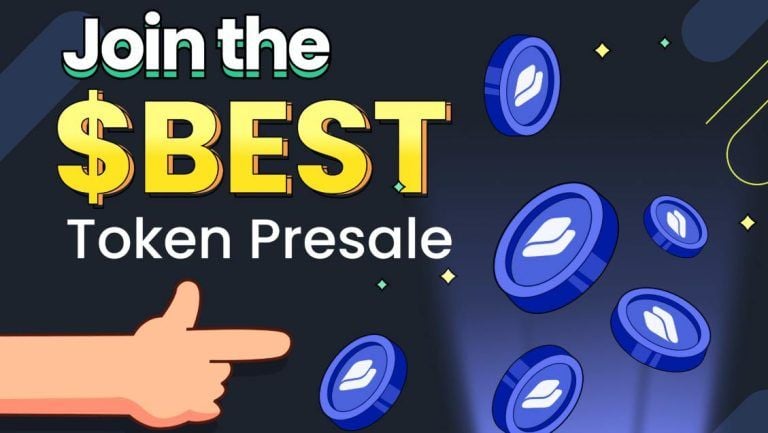


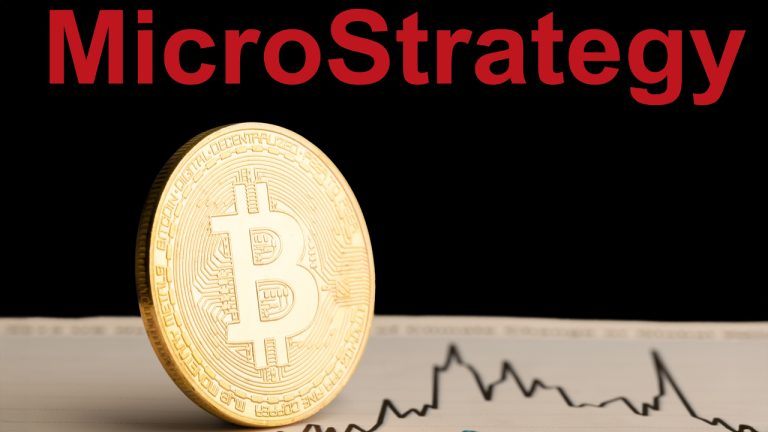





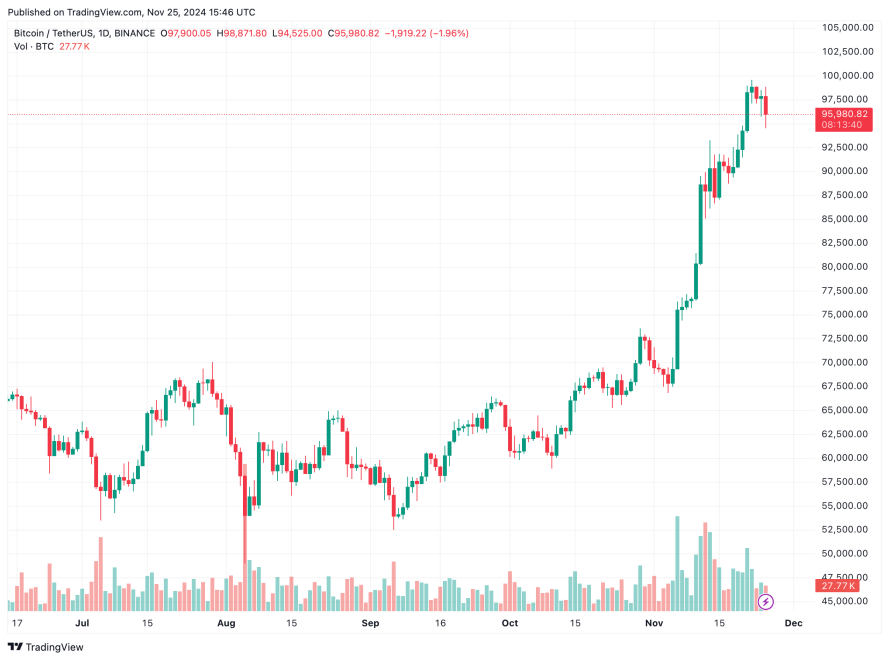
Comments